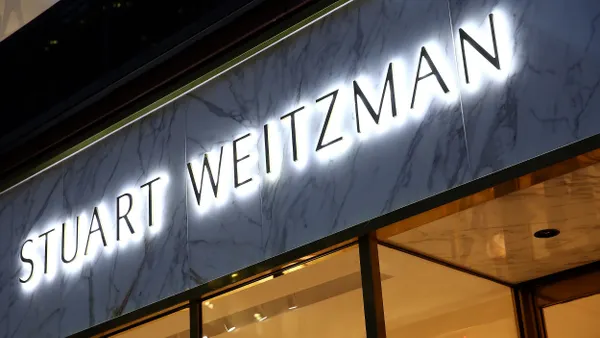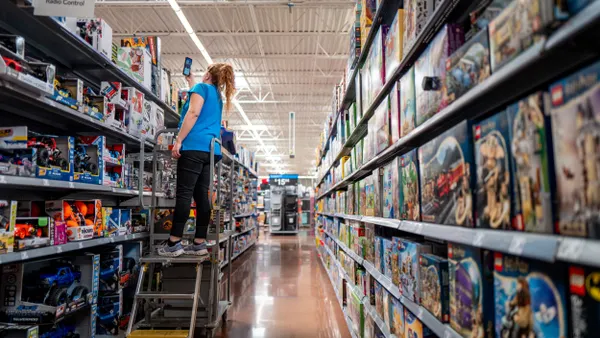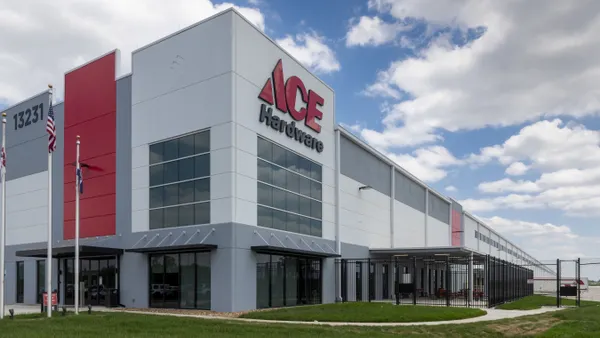Only 12% of respondents in ENGIE Impact’s Net Zero Report believe they are on track to meet or exceed their ambitious decarbonization goals. This shocking statistic is a sobering call to action. The recent Synthesis Report by the U.N.’s Intergovernmental Panel on Climate Change (IPCC) validates the call. The IPCC report emphasizes that greenhouse gas (GHG) emissions need to be slashed almost in half by 2030 across all sectors needed to mitigate the worst effects of climate change.
ENGIE Impact’s Net Zero report also shows that 75% of those surveyed say they have achieved most of the ‘quick wins’ in their decarbonization plan and are now focusing on the harder to address challenges required to meet or exceed their decarbonization goals. One common barrier to taking the next steps is a talent shortage in the sustainability space. Hiring team members to evaluate the environment, create a roadmap, gain internal approval and teams to implement and audit and report on the results is becoming more difficult, not less.
So how can retailers, who along with their complex supply chains are responsible for 25% of global GHG emissions, achieve their ambitious decarbonization goals?
The biggest barriers to effective decarbonization center on the very practical implementation activities and decisions required to achieve meaningful decarbonization: budget allocation, organization structure, supply chain issues and stakeholder education. To tackle these challenges, six key actions have been identified to move beyond the ‘quick wins’ and achieve real progress.
Six Key Actions to Achieve Greater Impact
- Maintain Long-Term Focus & Belief: Organizations should double-down on their decarbonization resource allocation now and turn short-term volatility into long-term competitive advantage. Strong leadership can disrupt the cycle of short-termism when measuring ROI on decarbonization investment. Cutting decarbonization funding when the momentum for change is building is a mistake.
- Establish Governance and Accountability: While there is no single correct approach to building decarbonization capabilities, our survey shows many organizations empowering local or functional decision-makers to embrace decarbonization solutions. Every organization should establish a model that will deliver maximum return on decarbonization investments.
- Close the Implementation Expectation Gap: There is a misalignment between the expectations of senior executives and those responsible for implementing decarbonization initiatives, threatening to derail future progress. Successful organizations have realigned their executive vision with their operational know-how to unlock their decarbonization firepower.
- Increase Executive Accountability: Empty corporate promises and limited follow-through increases the risk of greenwashing accusations. It is vital for executives to be held accountable for the success of their organization’s decarbonization activities, treating carbon reduction commitments as seriously as financial targets.
- Activate the Right Decarbonization Enablers: Executives need to make sure they are using all the tools at their disposal to accelerate decarbonization impact. Our research reveals three enablers will become increasingly important between now and 2025: innovative finance models, carbon pricing, and investing in decarbonization data maturity. Activating these enablers is complicated by a talent shortage in the sustainability space.
- Collaborate with Supply Chains: Successful decarbonization leaders recognize they cannot achieve long-term carbon reduction on their own. Implementing shared incentives and joint interest initiatives by partnering closely with supply chain organizations is a necessary step for addressing Scope 3 carbon emissions.
Retailers in Action: Carbon Reduction Integrated into Business Strategy
Retailers across the industry are taking action and finding ways to cut through the implementation barriers. One big box retailer successfully integrated decarbonization into business strategy, bringing executives and operations team members together to establish governance and accountability. By leveraging monthly bill data to identify areas of opportunity to reduce carbon emissions, the retailer was able to identify distribution centers as a large contributor to their emissions. They went to work activating the correct decarbonization levers including energy efficiency initiatives like rebates and retrofits.
Retailers also bolstered their efforts by developing a GHG inventory. The GHG inventory provides calendar year emissions and usage for Scope 1, 2 and 3. Over time, the reporting will show trends in emissions year-over-year and over baselines. To bolster decision making, an inventory can provide a breakdown of emissions by location, building type and emission category. This investment in decarbonization data maturity will allow the retailer to continue to seek the right decarbonization levers and collaborate with supply chains to further decarbonize Scope 3 carbon emissions.
These strides to overcome implementation barriers have allowed the retailer to better track their pace to established goals, evaluate their need for renewable energy purchases, ultimately setting the organization up to better maintain long-term focus & belief through the alignment of sustainability and business strategy.
Take Action Toward Your Decarbonization Transformation
The collective experience of the 505 organizational leaders in our 2023 Net Zero Report drills down on the most significant implementation barriers organizations are facing, and the approaches they are taking to overcome these challenges.
We find that now more than ever it is vital for organizations to double-down on their decarbonization investments and to use the levers at their disposal to accelerate their impact.
The reality is that after achieving the "quick wins," 75% of the companies surveyed now understand the need to double down on their decarbonization investments. There are two keys to improve the chances for success. One, how to define and understand the barriers to achieving their goals inside their organizations and prioritize solutions to overcome those barriers. Two, plan and implement the path to decarbonization using the levers at their disposal.
The good news is that since retailers account for such a large percentage of global GHG emissions, there is opportunity to make significant impact immediately and for the long term.










